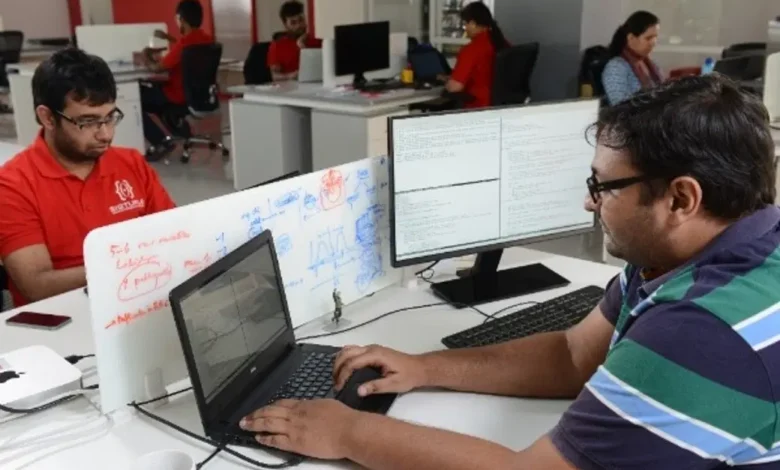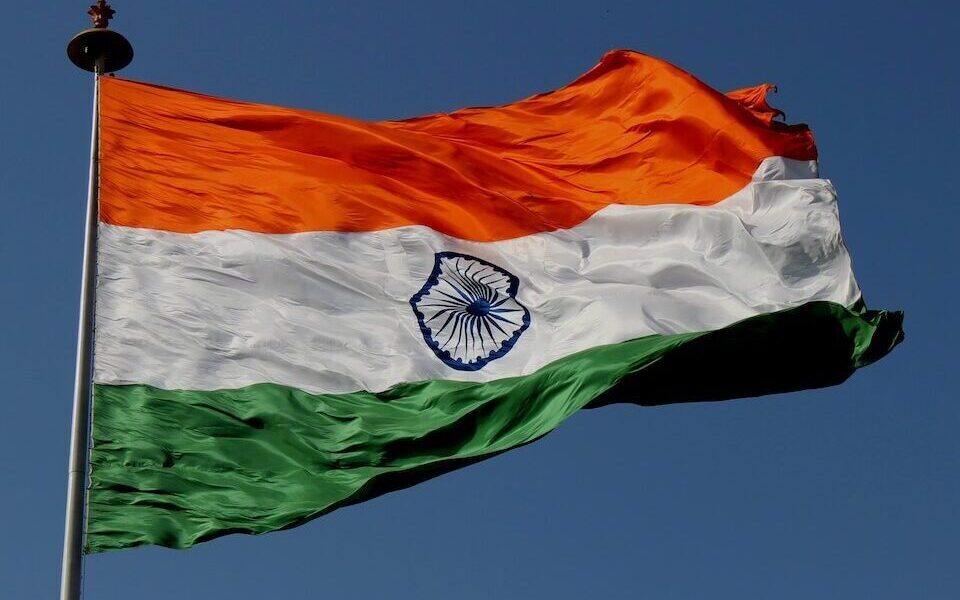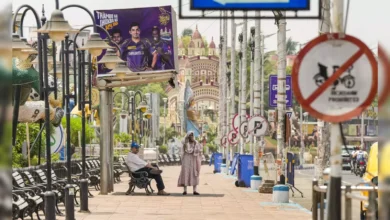
The working-age population of India has been rising steadily since 1990. India, China and Indonesia will be three of the five economies with the world’s largest working-age populations among G20 countries by 2030.
McKinsey a global management consulting firm said in its Driving Sustainable and Inclusive Growth in G20 Economics report on Saturday, “This highlights the fact that the world might be seeing the economic geography shifting toward Eastern nations.”
“The world remains deeply interdependent, and indeed perhaps more so than previously, as digital and data flows fuel exchanges of communication and knowledge, “McKinsey said in its report. “Yet the Global economic picture suggests that the world may be at the cusp of a new era. Economic geography has shifted eastward…”
According to a report, since the end of World War 2 debt is now at its peak levels, with the debt-to-gross domestic product ratio now standing at more than 300% for G20 countries, Inequality within countries measured by the gap between the richest 10 per cent and the bottom 50 per cent has also risen to its highest level since the start of the 20th century, the report said.

India and China will be the key growth engines for the G20, but other nations score better on inclusion and sustainability. European countries, Japan and Korea are well advanced on a range of indicators from life expectancy to share population with bank accounts. While emerging economies have lower per capita carbon emissions, countries in Europe have the lowest ratio of CO2 emissions to Gross Domestic Product(GDP).
McKinsey on Economic Empowerment
The McKinsey report says about bringing a large part of the world’s population above the line of economic empowerment to score better on metrics such as growth, inclusion and sustainability to score better on metrics such as growth, inclusion and sustainability. The line of economic empowerment is, however, different from the World Bank’s extreme poverty line.
“The concept of economic empowerment described in this research involves ensuring that everyone has the means to access the full range of basics,” McKinsey said.
More than half of the population in G20 economies, or 2.6 billion people, live under the line of economic empowerment, the report said. This includes 100 million people living in extreme poverty, 2.2 billion people living under the line of economic empowerment in emerging economies and about 300 million people in advanced economies. On a global scale, the number of such people is at 4.7,
According to McKinsey, more than three-fourths of the population in India and South Africa and 75% of South Africa’s population or 4.4 million people lived under the line of economic empowerment. Some may live in rural villages far from the nearest medical clinic; others are in crowded urban tenements
“Our analysis suggests that closing this empowerment gap in G20 economies would require a cumulative increase in spending on essentials to the tune of 21 trillion dollars over the decade to 2030,” McKinsey said.
In the case of India, the total additional spending required between 2021 and 2030 is 5.3 trillion dollars to bridge this gap. This accounts for 13% of the GDP during this decade.
Empowerment could yield long-term benefits not only for the individuals whose lives improve. It would eventually create a virtuous cycle. Many more people would have the skills and agency to participate in a knowledge-intensive and digital economy. They would also become consumers, fueling future growth.
McKinsey said: Sustainability and Inclusion
While increased spending is one aspect of bridging the gap in sustainability and inclusion, there are other efforts essential from various countries to meet this goal, McKinsey said. To this effect, it has listed various private and public programmes.
India scores as an exemplar in eight of its listed programmes.
- Financial and Digital Inclusion: According to McKinsey, India’s initiatives through Jan Dhana accounts, Aadhar and mobile-popularly known as the JAM trinity-have improved financial inclusion and increased transparency in the delivery of government subsidies.
- Vaccination: India’s efforts through the CoWin portal helped build a holistic vaccination ecosystem.
- Government’s affordable housing programme for lower and middle-income groups.
- Ola Electric’s rapid proliferation as an electric two-wheeler provider added to India’s sustainable mobility goals.
- Apollo Hospital’s omnichannel end-to-end healthcare system boosts the equality, affordability and accessibility of healthcare systems.
- The government’s millet awareness programme will improve the production of high-nutrition crops.
- Higher capacity in solar power, India’s expansion of its solar footprint through the government and achieving over 60GW solar capacity in 12 years, from 10 MW, were identified as exemplars for power.
- The waste management system transformation by Indore Municipal Corporation was an exemplar of circularity initiatives by cities around the G20.
“The list is not exhaustive and should not be interpreted as policy recommendations. Each takes place in a particular economic and social context in a specific country, and the learnings are by definition not universally applicable,” McKinsey said.
Please, also have a look into : Global gathering: Joe Biden’s India visit for G20 summit



